Stage Theory, Macrohistory And Surviving The Kali Yuga
In Hindu cosmology, the Kali Yuga (Age of Conflict) is the last of four epochs described in the Vedas. The next epoch will be the Satya Yuga (Age of Truth), the equivalent of the Second Coming in Christianity.
Remarkably, modern macrohistorical and stage theories provide a complementary framework for understanding humanity's evolution and align closely with ancient religious prophecies, offering insights into navigating this transformative period.
The Vedic prophecy that humanity evolves in four distinct phases is one of the oldest stage theories in the world. Ancient Indian sages predicted a cycle whereby the worldviews of the four varnas-teacher, warrior, merchant, and worker-take turns“ruling the world.” This Varna cycle reflects the cyclical cosmology of the Vedas.
Once the cycle is completed, it starts anew.
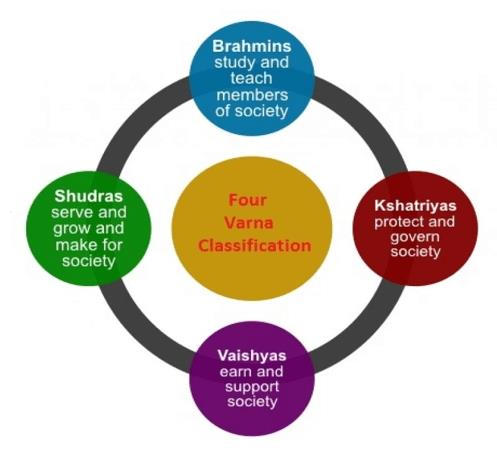
The cyclical principle of the four Varnas in Hindu cosmology
The Bible presents history as a linear progression toward divine fulfillment, culminating in the return of Christ, the final judgment and the creation of a new heaven and earth. Other religions have comparable prophecies. While their metaphors differ, they all anticipate a world of peace, justice, unity and righteousness.
Secular stage theories have also emerged over time. For instance, Confucius described dynastic cycles, charting the rise, peak, decline and fall of dynasties. Similarly, Greek historian Polybius proposed the theory of anacyclosis, describing recurring political evolution from monarchy to aristocracy to democracy and their respective corrupt forms-tyranny, oligarchy and ochlocracy.
Modern NarrativesIn the 19th century, European philosophy developed several stage theories and macrohistories, including Hegel's dialectical model of historical progress (thesis, antithesis, synthesis), Comte's Law of Three Stages (theological, metaphysical and positivist), and Marx's modes of production (primitive collectivism, slave society, feudalism, capitalism and communism).
In the early 20th century, German historian Oswald Spengler presented his cyclical theory of civilizations, likening them to biological organisms with predictable cycles of birth, growth, maturity, decline and death. Toynbee's macrohistory focused on the rise and fall of major civilizations throughout history.
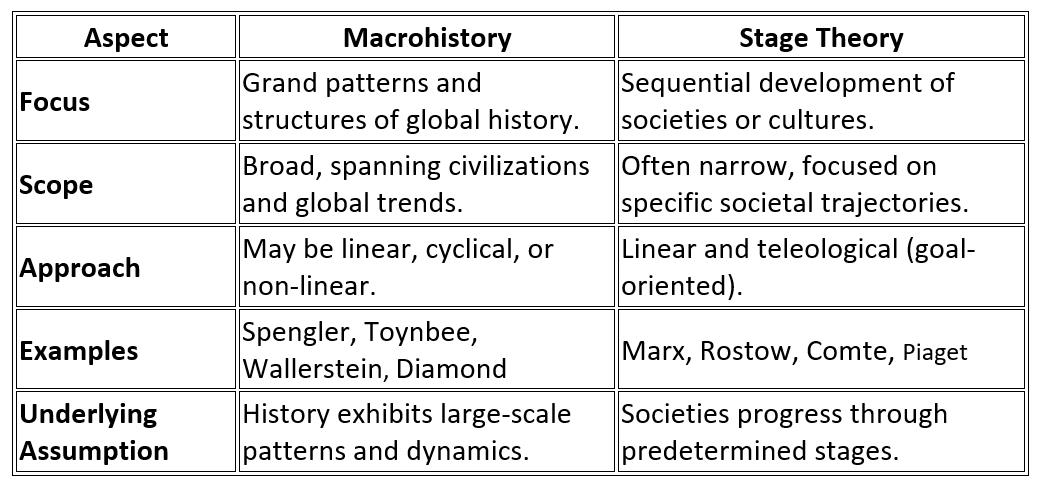
Macrohistory and stage theory are distinct but are both concerned with human development.
By the mid-20th century, macrohistories and stage theories gained mainstream attention. Alvin Toffler, Samuel Huntington and Francis Fukuyama became influential voices.
Toffler identified humanity's transition from hunter-gatherer and agricultural societies to industrial and post-industrial eras. Huntington argued that cultural and religious identities would shape future conflicts, while Fukuyama famously proclaimed the“end of history,” suggesting that Western liberal democracy marked the culmination of ideological evolution.

Legal Disclaimer:
MENAFN provides the
information “as is” without warranty of any kind. We do not accept
any responsibility or liability for the accuracy, content, images,
videos, licenses, completeness, legality, or reliability of the information
contained in this article. If you have any complaints or copyright
issues related to this article, kindly contact the provider above.
Most popular stories
Market Research

- Kucoin Presents Kumining: Embodying Simple Mining, Smart Gains For Effortless Crypto Accumulation
- Japan Ultrasound Devices Market Size Worth USD 887.0 Million By 2033 CAGR Of 5.4%
- UK Cosmetics And Personal Care Market To Reach USD 23.2 Billion By 2033
- Innovation-Driven The5ers Selects Ctrader As Premier Platform For Advanced Traders
- Origin Summit Debuts In Seoul During KBW As Flagship Gathering On IP, AI, And The Next Era Of Blockchain-Enabled Real-World Assets
- Ethereum-Based Meme Project Pepeto ($PEPETO) Surges Past $6.5M In Presale






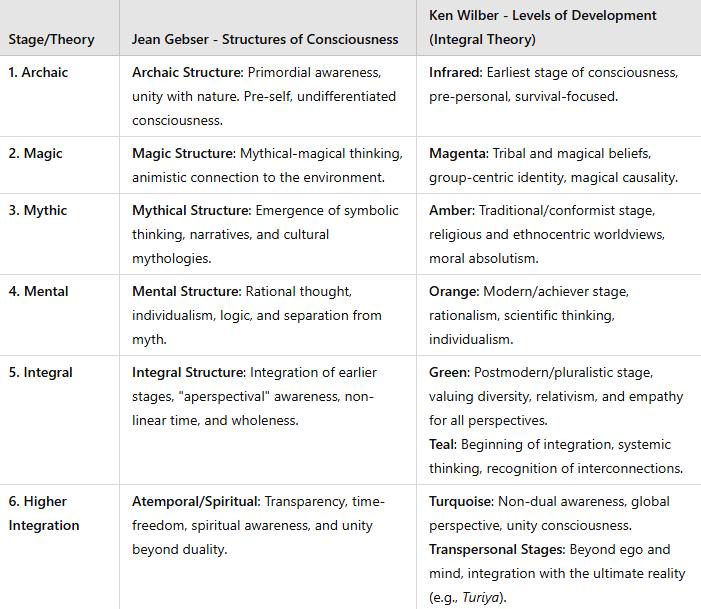
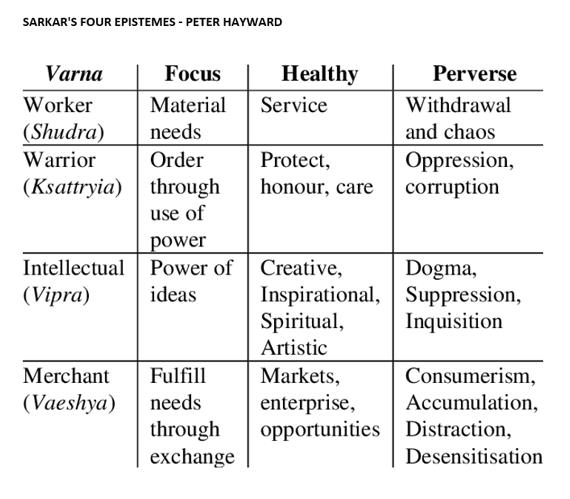

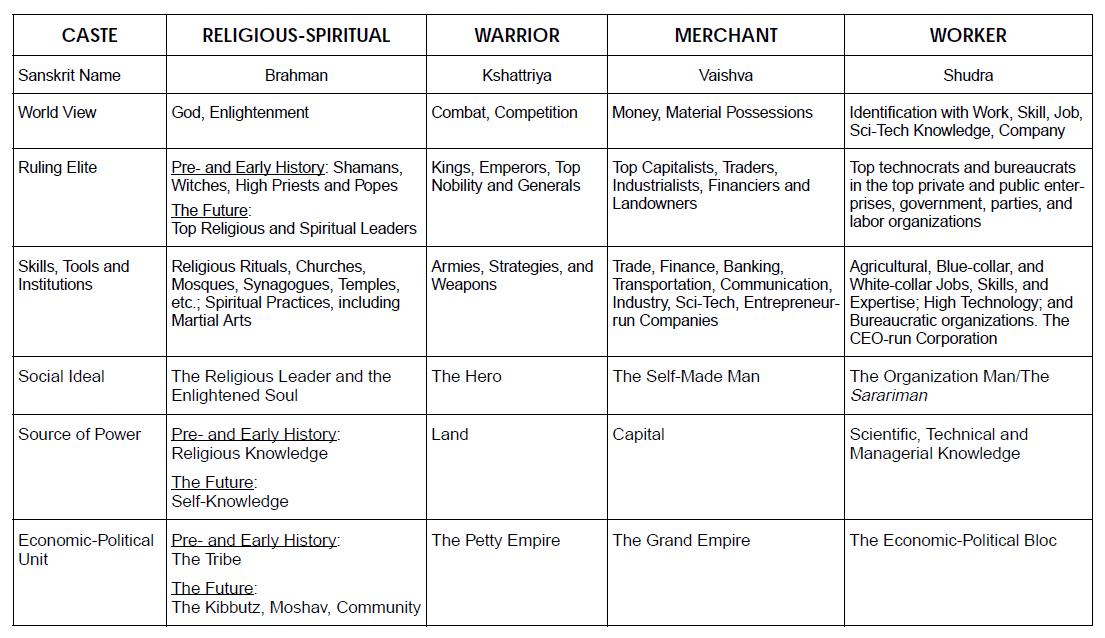



















Comments
No comment